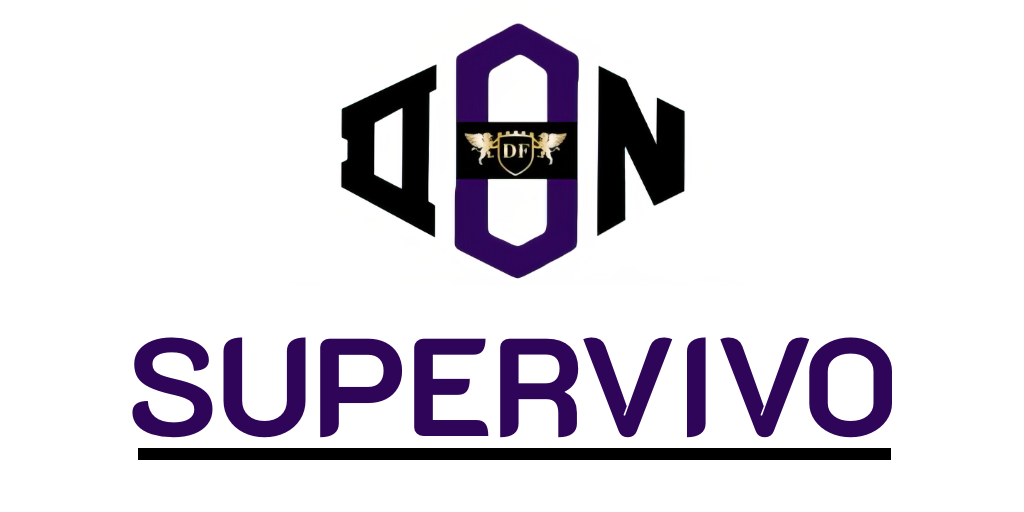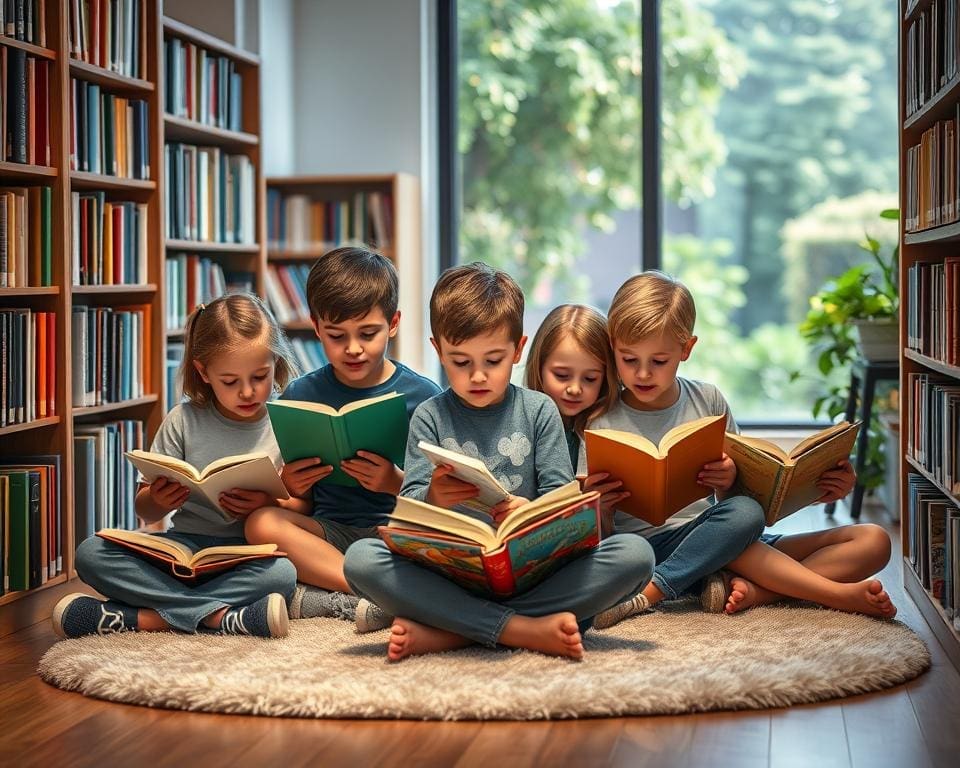Selecting suitable literature is crucial in nurturing a child’s development, and understanding what books are best for kids at different ages can greatly enhance their reading journey. Children’s literature recommendations must align with various developmental stages, as they cater to specific interests and cognitive abilities. The best books for kids at various stages not only captivate their imagination but also contribute significantly to their educational growth and emotional well-being. By choosing age-appropriate reading materials, parents and educators can instil a lifelong love for reading, fostering creativity and critical thinking from an early age.
Understanding Children’s Literature and Its Importance
Children’s literature plays a crucial role in shaping a child’s understanding of the world. It serves not only as a source of entertainment but as a foundational tool in children’s cognitive and emotional development. The impact of literature in child development is profound, fostering essential skills from an early age. Engaging with diverse stories allows children to explore myriad perspectives, enriching their social awareness and emotional resilience.
The Role of Literature in Child Development
Research has shown that children exposed to a variety of texts significantly enhance their vocabulary and comprehension skills. Through relatable characters and narratives, children’s literature helps in developing empathy while promoting critical thinking. Reading regularly supports overall literacy and provides a solid foundation for academic success. The insights gained from exploring different narratives contribute directly to the literature in child development, exemplifying how impactful stories can shape young minds.
How Reading Shapes Imagination and Creativity
The importance of reading for imagination extends beyond mere enjoyment. Books stimulate cognitive processes by encouraging children to visualise scenarios and think creatively. Engaging with inventive tales inspires imaginative play, allowing children to experiment with problem-solving in fantastical contexts. As children dive deep into storytelling, they cultivate their creative instincts, paving the way for innovative thinking in their everyday lives.

What books are best for kids at different ages?
Selecting the right books for children involves a thoughtful approach to various factors that influence their enjoyment and understanding of literature. Creating an age-appropriate reading list is essential for ensuring that young readers remain engaged and develop a love for books. Considerations such as comprehension levels, interests, and emotional readiness play a vital role in shaping kids’ reading choices by age.
Key Factors to Consider for Age Appropriateness
When curating an age-appropriate reading list, it is important to assess the complexity of the text alongside the child’s individual interests. Books should align not only with their developmental stages but also with what captivates them. The narrative style and illustrations are two critical elements that can significantly impact a child’s connection to the story. Selecting books that resonate with their experiences and emotions will enhance their reading journey.
How to Choose Reading Material that Engages Young Minds
Choosing the best books for kids at various stages requires a keen understanding of what ignites their curiosity. Parents and educators should explore themes that stimulate imagination and promote critical thinking. Options may include an assortment of genres and formats that cater to different preferences. Engaging young minds demands that selections be both challenging and enjoyable, empowering children to explore new ideas and learn through stories.
Books for Babies and Toddlers (0-3 Years)
Choosing the right literature for babies and toddlers requires a focus on specific features that captivate their limited attention spans. Suitable literature for younger kids should include vibrant illustrations, simple concepts, and engaging elements that invite interaction, such as textures and flaps. These characteristics not only stimulate their senses but also lay the groundwork for a lifelong love of reading.
Features of Suitable Literature for Younger Kids
Books in this category resonate with infants and toddlers through characteristics that encourage exploration and connection with the text.
- Bright, colourful illustrations that catch their eye.
- Simple, repetitive language that aids in language development.
- Interactive components like flaps or touch-and-feel sections.
- Familiar themes that mirror their everyday experiences.
Recommended Titles for Infants and Toddlers
Among the recommended children’s books for different ages, certain titles shine as top-rated kids’ books for different age ranges. Notable choices include:
- Brown Bear, Brown Bear, What Do You See? by Bill Martin Jr. and Eric Carle – This book encourages prediction and repetition through its enchanting illustrations.
- Goodnight Moon by Margaret Wise Brown – A timeless classic that offers comfort and a soothing reading experience with its rhythmic language.
The right selection of books can effectively nurture early literacy skills and foster a joyful reading journey during these formative years.
Preschool Reading Choices (4-5 Years)
At this age, children embark on a delightful journey through stories that captivate their imaginations while helping with their literacy development. Engaging with literature becomes crucial as preschoolers transition into more complex narratives. Parents and educators can choose from top children’s books by age group to inspire a love for reading and to enhance building early literacy skills.
Building Early Literacy Skills
Literature that includes rhyme, rhythm, and repetition serves as an excellent tool for strengthening phonemic awareness. Rhyming books can make reading a joyous activity while helping young children recognise sounds within words. This crucial skill lays a foundation for later reading success.
Top Picks for Preschoolers
- The Gruffalo by Julia Donaldson – A whimsical tale that encourages imaginative thinking while captivating young minds with its vibrant characters and storyline.
- Where the Wild Things Are by Maurice Sendak – A classic adventure that not only entertains but also allows children to explore emotions and social interactions.
- Brown Bear, Brown Bear, What Do You See? by Bill Martin Jr. – This charming book combines a simple structure with lively illustrations to engage preschool-aged readers.
- Dear Zoo by Rod Campbell – An interactive lift-the-flap book that entices children and stimulates their curiosity.
Early Primary School Reading (6-8 Years)
As children advance in their reading journey, the transition from picture books to chapter books marks a significant milestone in their literacy development. At this stage, children’s books tailored to specific age groups play a crucial role in maintaining engagement while boosting comprehension and fluency. Selecting the right literature allows young readers to explore narratives that challenge their imagination and enhance their language skills.
Transitioning from Picture Books to Chapter Books
During this transformative phase, children’s literature evolves from simple, brightly illustrated narratives to stories with more complex plots and characters. This progression helps bridge the gap between visual storytelling and written language, providing a solid foundation for further learning. Encouraging children to delve into early chapter books cultivates an independent love for reading, empowering them to explore new worlds and ideas.
Best Books for Early Readers
Among the best books for early readers, series such as “Magic Tree House” by Mary Pope Osborne stand out. These engaging titles not only captivate young audiences but also facilitate an ongoing connection with characters and settings, enhancing reading fluency. Titles like “The BFG” by Roald Dahl offer rich narratives that invite children to immerse themselves in longer stories, fostering a deeper appreciation for literature.
Middle School Recommendations (9-12 Years)
The transition to middle school marks a vital period in a child’s literary journey. Readers aged 9 to 12 often seek out stories with engaging themes in children’s literature that resonate with their developing identities. As they navigate friendships and personal challenges, complex characters become essential for building empathy and understanding. A diversity of themes encourages them to explore both fantastical worlds and real-life issues.
Engaging Themes and Complex Characters
Books that delve into friendships, bravery, and the complexities of growing up allow young readers to see parts of themselves in the characters. These narratives often provide both comfort and reflection. Stories addressing social issues, identity, and adventure stimulate critical thinking and a sense of belonging.
Popular Series for This Age Group
Several popular series for this age group capture the attention of young readers and ignite their passion for reading:
- Harry Potter by J.K. Rowling – A magical journey filled with themes of friendship, courage, and self-discovery.
- Percy Jackson by Rick Riordan – A modern twist on mythology introduces children to ancient tales in relatable contexts.
- The Hate U Give by Angie Thomas – A profound exploration of social justice and identity that resonates with current societal issues.
- The Last Kids on Earth by Max Brallier – An adventurous take on survival and friendship in a post-apocalyptic setting.
These selections not only entertain but also foster a love for reading through rich narratives and themes that encourage young minds to engage deeply with the world around them.
Young Adult Literature (13+ Years)
Young adult literature holds a unique position in the literary world, gracefully addressing the profound complexities of adolescence. This genre dives deep into themes of identity, relationships, and the myriad challenges that young people encounter. Titles like “The Fault in Our Stars” by John Green explore the intricate interweaving of love and loss, providing a poignant reflection for teens grappling with their own emotional experiences. It is through these narratives that young readers find a sense of connection and understanding, validating their feelings during a turbulent period.
Furthermore, “Eleanor & Park” by Rainbow Rowell exemplifies how young adult literature can facilitate discussions about acceptance and the nuances of teenage relationships. By exploring the lives of two misfit teenagers, Rowell invites readers to delve into themes of self-discovery and courage. Such stories not only engage but also empower young adults, encouraging them to reflect upon their own identities and relationships amidst the drama of growing up.
For parents and educators seeking the best books for kids at various stages, delving into young adult literature recommendations serves as an invaluable resource. The vast array of titles available today not only captivates readers but also fosters emotional growth and understanding. As young adults navigate their formative years, literature becomes a powerful tool, shaping their perspectives and offering solace in shared experiences.









